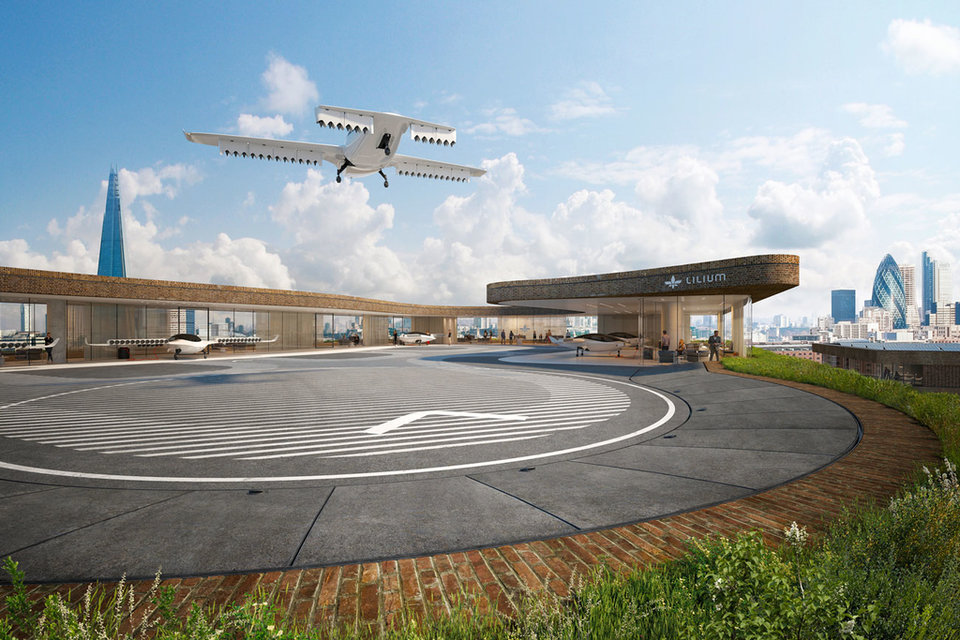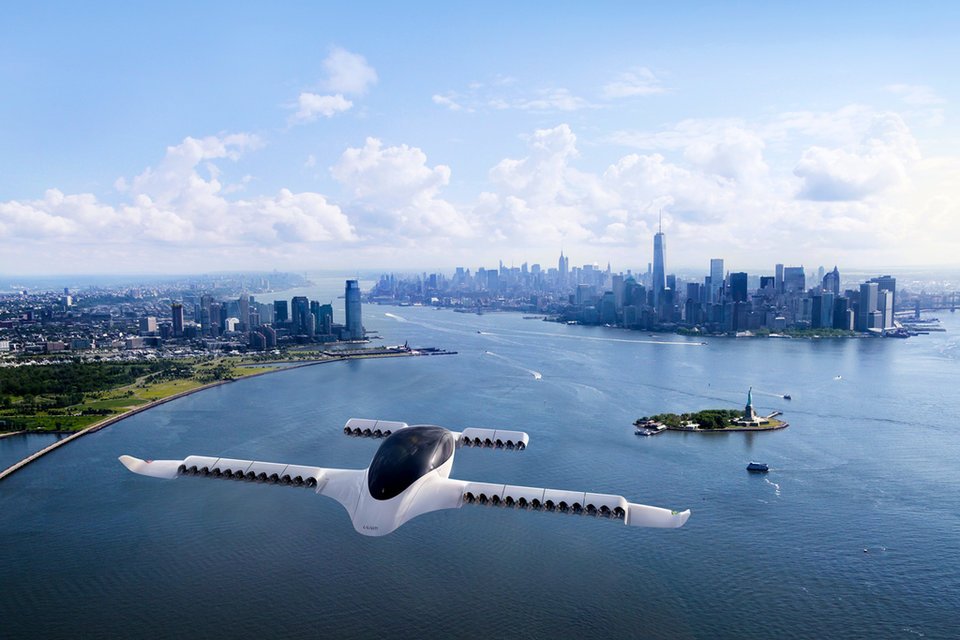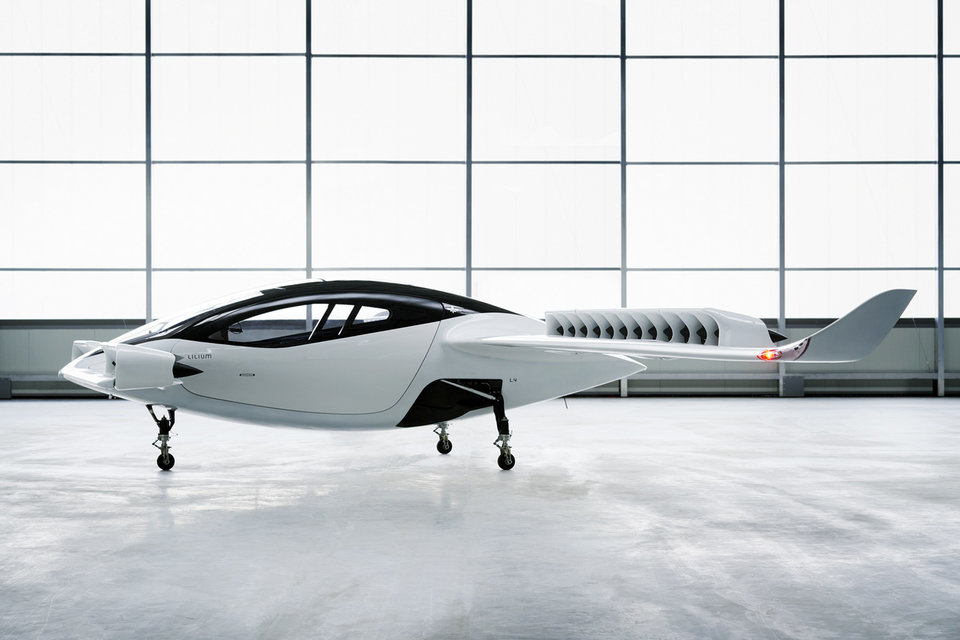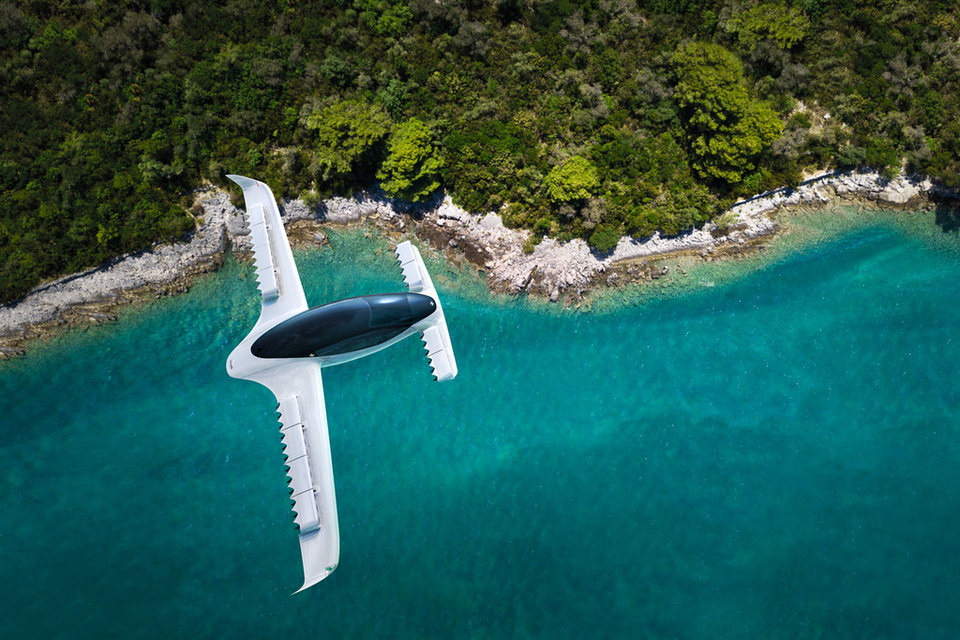REGULATION
Who will govern the urban vertiports of the future?
With companies like Uber and Lilium developing prototypes for urban vertiports, it is clear that interest is growing in electrical vertical take-off and landing aircraft as a new mode of everyday transport. But with a lack of regulations for this type of aircraft, who will govern the urban vertiports of the future? Ilaria Grasso Macola finds out.
According to data from the Vertical Flight Society, worldwide there are more than 200 projects currently being developed in the field of electric vertical take-off and landing (eVTOL).
eVTOL aircraft are powered by electricity and take off and land from ‘vertiports’, which use far less space than airports.
Will Earle, VP launch at German aerial taxi company Lilium, describes vertiports as “something between an existing heliport today and an airport” adapted to cater to a “new type of aerodrome”. The facilities can transport hundreds of thousands of passengers each year and can be located in key areas, including on top of buildings.

Lilium recently released the latest design for its modular vertiport. Image: Lilium
Lilium recently released the latest design for its modular vertiport. Developed by a team led by former Foster + Partners architects, the modular design can be scaled up or down depending on the location.
Companies like Lilium insist that their operations are designed to comply with existing regulation and standards, but what exactly are these standards and who governs them?
Lilium landing platform. Image: Lilium
International regulation, national implementation
“This modular vertiport is designed to fit into the International Civil Aviation Organisation (ICAO) standards, which is the UN body for governing airspaces, including heliports,” says Earle.
According to an ICAO spokesperson, the agency is currently collaborating with national governments to develop global recommendations, which will be enforced by sovereign countries.
“The international standards and recommended practices are meant to align their national laws and regulations, but operators are always legally bound by the specific national rules that are set out,” the ICAO spokesperson says.

Headquarters of the European Union Aviation Safety Agency (EASA) in Cologne, Germany. Image: Ilari Nackel / Shutterstock.com
On a European level, the European Union Aviation Safety Agency (EASA) has already started developing requirements for vertiports. The agency is working on a European vertiport design, potentially leaving certification to individual countries.
“Member states and EASA have agreed that it is of common interest to have a harmonised European Union approach to the technical requirements for vertiports’ design and certification,” says an EASA spokesperson.
EASA is also developing a package of regulations for the operations of unmanned systems. In the Commission Implemented Regulation 2019/947 of May 2019, the European Commission established the guidelines for unmanned aircraft, including the competencies remote pilots must have to fly unmanned aircraft and the rules for cross-border operations.
Countries such as the US and the UK are also working on their own national frameworks. In the US, the Federal Aviation Authority (FAA) already has a framework that can be adapted to aerial taxis and vertiports.

The Lilium concept in New York. Image: Lilium
“We will continue to apply design, production, airworthiness, and operational certification regulations and policy in the manner most appropriate and efficient for each applicant,” said an FAA spokesperson.
As for the level of authority it will have, the FAA says it will depend on the amount of funding used to build these facilities.
“Currently, facilities using Airport Improvement Programme funds, which are available to airports, are required to follow FAA guidance,” they add. “Some private helipads are currently subject to oversight by municipality, firefighting departments and local building permits that seek FAA guidance as an additional measure of safety.”
Member states and EASA have agreed that it is of common interest to have a harmonised European Union approach
Choosing the right standard for eVTOL
According to Steve Wright – associate professor of aerospace engineering at the University of the West of England – the UK Civil Aviation Authority (CAA) will follow in EASA’s footsteps, harmonising its standards with the European ones.
As for the standards themselves, Wright explains that two parallel methods are emerging. The first one involves using existing certification methods, such as the CS-27, used for rotorcraft, and CS-23, adopted for normal aeroplanes.
At the same time, both EASA and the CAA are working on SC VTOL, a new standard specifically made for VTOL. “It allows you to specify aircraft that have a relatively short endurance,” says Wright. “It’s very crucial for these battery-limited aircraft we have got at the moment.”

Both EASA and the CAA are working on SC VTOL, a new standard specifically made for VTOL. Image: Lilium
The only problem, explains Wright, is that this new standard requires a level of reliability normally associated with airlines. In terms of reliability, for passenger aeroplanes, the figure is enormous at one incident per one billion flight hours, while for smaller aircraft and general aviation the figure is one in ten million hours.
“The big question going on with eVTOL is: do we need to achieve this one billion reliability figure or can we get away with just ten million?” says Wright. “It’s a small detail but it has a profound impact on costs and the way these things can be operated.”
As for the standards themselves, Wright explains that two parallel methods are emerging
Co-existing with the current air traffic
How aerial taxis and vertiports will interact with existing air traffic is one of the main questions directed at both regulators and companies.
On a European level, EASA believes that if design and operational requirements are fulfilled, vertiports will be incorporated into the existing aviation system. U-space, the European unmanned traffic management system, is also in the legislative adoption process.
U-space, explains EASA, is a system that gathers all information about specific volumes of airspace and is used to support drone operations.

A Lilium air taxi flying over the ocean. Image: Lilium
“U-space will support drone activities by ensuring that all the necessary airspace information can be shared and used among the different aviation actors,” say EASA authorities. “It can be seen as a system where information is exchanged, transmitted to and from authorities, U-space service providers, drone operators as well as other users.”
According to Wright, even though authorities are far from implementing regulations, they will need to figure out how to incorporate eVTOL into the general aviation airspace, which is far less regulated compared to airlines.
“[How to incorporate] general aviation airspace is the question that will be answered first, probably in the next five years,” he says.
[How to incorporate] general aviation airspace is the question that will be answered first, probably in the next five years
Vertiports: a safety matter
After catalytic events such as 9/11 and the current coronavirus pandemic, airports have introduced security measures that have changed the way travellers relate to them. Given the hybrid nature of vertiports, many in the industry wonder if they will be required to follow airports’ safety rules or will adapt to heliport regulations.
Experts believe that vertiports will have fewer security measures compared to airports, but it will depend on the size of the vertiport.
“[Companies] want to make it like getting on a bus or taxi, rather than getting onto an aircraft,” says Wright. “However, in bigger vertiports, there will be the need for security checks and social distancing measures. It’s going to be a case of horses for courses.”
Customer safety will always be a major driver and as Earle explains, even though Lilium will be guided by regulators, the company will always prioritise customer safety. “We will always prioritise the safety of our customers, so we’ll go even beyond what’s necessary for general aviation when we feel it’s required.”
[Companies] want to make it like getting on a bus or taxi, rather than getting onto an aircraft